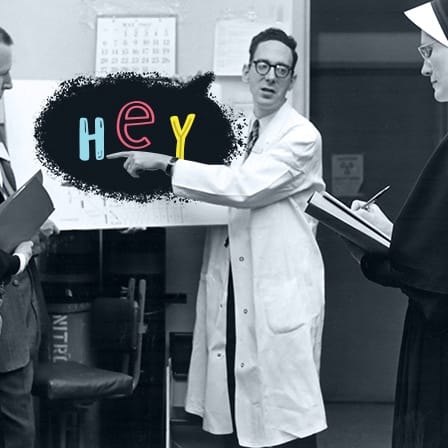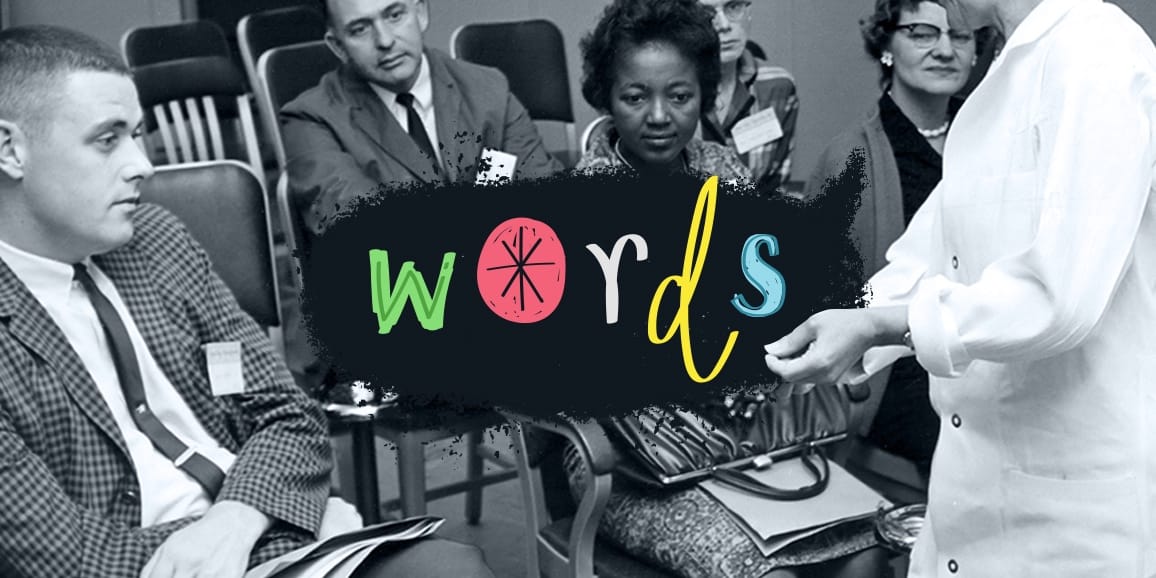Against the backdrop of an overcrowded media landscape, brands have a narrow window to get their message across.
Navigating a maze of mobile notifications, browser tabs, and ever-scrolling social media platforms, the youth audience's attention is more divided than ever. In this environment, first impressions mean everything.
And yet, when faced with a changed and challenging marketplace, brands often don’t take the extra step of ensuring their message addresses their customer’s needs in a compelling way. This is why user testing, at all phases of development, is essential.
With our brains bombarded by so many competing messages every day, brands only get one shot at making a lasting impression with their campaigns. And that success doesn't always square with how much money was spent on that campaign. There are a ton of details that come with producing a digital advertising campaign, but it's critical to step outside of the client-agency bubble to determine if the work is effective.
The good news? Modern tools have made user testing far less time intensive than you may think. Plus, given the stakes, testing is far cheaper than a failed campaign.
Why every brand needs message testing
At one time, the message of a marketing campaign could be delivered with a confidence that bordered on dictatorial: Why is what we're saying important? Because we said so. And we have the massive media budget to convince you.
Campaigns like these functioned like push communications. A message was delivered, received, and then reliably acted upon by its target because of the source’s unquestioned authority.
Those days are over. Now, every brand must understand its customers and their needs to stay competitive. And yet, we see a common workflow where a product designer builds a product and then establishes all the features they feel are desirable to their audience. After that long production process, the designers then offer a few key messages for their internal marketing teams to use in promoting the product.
Untested and unproven, these messages are too often simply cut-and-pasted into advertisements by agencies unwilling to conduct some basic user research. Regardless of their position in the market, every brand must find the overlap between what they want to say about their product and what their audience wants to hear. Otherwise, brands will find their marketing is just talking to themselves when they should be addressing their customer.
Message testing is far easier than you think
Without question, advertising is a difficult, expensive business. And it’s because of that expense that some brands balk at the additional time and perceived costs of testing a message’s effectiveness. But through modern tools and the flexibility of the digital marketplace, testing is fast, easy, and ultimately saves money when compared with the fallout from a failed campaign.
In the past, message testing carried all kinds of negative connotations. But gone are the days of cold pizza, sterile offices with one-way mirrors, and hours of feedback from focus groups that didn't represent your real audience anyway.
Some of our favorite testing options, such as UsabilityHub, are fast and simple approaches to evaluate the effectiveness of landing pages, interfaces, and key design components. Even click testing from just a few targeted users through UsabilityHub can illustrate what stands out on a page and whether customers understand your message.
Plus, the digital marketplace allows for so much more flexibility in testing. Even after launch, new layouts can undergo A/B testing of differing layouts or approaches. Once the digital presentation is refined, those insights can then be carried over to other media where making changes on the fly is impossible. Changing a few words or lines of code can happen quickly online. Reworking a commercial voiceover or a billboard that tested poorly is a far more daunting prospect.
When comparing investment required to implement testing and generate real user feedback, the ROI is huge when compared with blindly rolling the dice on a multi-million dollar campaign.


Message testing never stops
Some brands think of testing as something akin to a medical checkup. Every so often they conduct one giant test of their audience, and those results inform their efforts for a couple years.
For us, testing is an ongoing process of checking on what an audience is thinking and how they respond to a message. In a matter of hours, you can spin up tests from today's tools that generate useable insights and patterns very quickly. With that kind of flexibility, We The Collective often conducts these tests on our work behind the scenes not just for the client's benefit. We just want to verify the message is right to satisfy our own standards and sense of pride in the work we do.
At the earliest stages of a given project, the focus shifts to user motivations and desires in a way that’s nearly independent from what a client hopes to say about their product. The earlier you can determine what establishes an emotional connection with your audience, the better the conceptual direction.
That research is then combined with what a brand hopes to say and is placed into a content strategy, which then undergoes further testing for preference and information retention. If time allows, a higher fidelity layout can also be tested followed by A/B tests of the final design after launch, which can draw from thousands of people.
It’s not a complicated or scientific process, but at each of these steps you can gain precious feedback on how well information is being presented and if your customer is finding what they need.
Sometimes, a design can test strongly enough in the early stages that so many steps aren’t required. But ultimately, every look outside the bubble of the creative process delivers valuable information.
The insights gained from testing far outweigh the perceived costs
Along with allowing insights into how well a campaign will resonate with customers, message testing provides significant gains within your organization – and ours as well.
Through gathering feedback, brand managers can be reassured their campaign’s approach is right and defensible, and producers can keep their schedules and budgets on track by not fretting over the costs of reworking an underperforming ad. Plus, even through testing with a group as small as two people, we can silence our nagging questions of whether a concept can be further improved.
Not every agency places the premium on message testing we do. But amid stiff competition and with so much money in play, what brand wants to rely on the slim possibility of getting an idea right the first time?


